 SAN FRANCISCO-With parts of California emerging from one of the driest winters in more than a century, the fire devouring Lake Tahoe's south shore might be a harbinger of what's in store for the western United States during the long, hot summer ahead, experts warned Tuesday.Rainfall in Southern California has dwindled to near record lows this year, while the little moisture Northern California received already is giving way to dry forests and brittle, golden grasses.The tinderbox conditions are obvious on National Weather Services maps, where a red stain indicating a severe, persisting drought covers California, Nevada, Utah and much of the West. The arid weather and vegetation combination is so explosive that a golfer recently lit a fire near Reno, Nev., with the friction between his club and the ball."The picture for fire is pretty bad," said National Weather Service hydrologist Gary Barbato. "You have all this dried up stuff out there and any little spark can cause a disaster."Except for a few sections of the green, hilly Central Coast, almost the entire state is at risk of erupting in flames, said Matt Mathes, U.S. Forest Service spokesman. Only the weather conditions _ wind speed, heat _ and the availability of fuel _ natural and manmade _ will determine which fires will be the most disastrous, he said.Much of southern and central California, where residential development has spread into forested foothills, has the same geography and vegetation as the Lake Tahoe Basin, and is reacting to drought in the same way: brush that grew dense during the last few wet winters sits, bone dry, on soil holding little moisture.
SAN FRANCISCO-With parts of California emerging from one of the driest winters in more than a century, the fire devouring Lake Tahoe's south shore might be a harbinger of what's in store for the western United States during the long, hot summer ahead, experts warned Tuesday.Rainfall in Southern California has dwindled to near record lows this year, while the little moisture Northern California received already is giving way to dry forests and brittle, golden grasses.The tinderbox conditions are obvious on National Weather Services maps, where a red stain indicating a severe, persisting drought covers California, Nevada, Utah and much of the West. The arid weather and vegetation combination is so explosive that a golfer recently lit a fire near Reno, Nev., with the friction between his club and the ball."The picture for fire is pretty bad," said National Weather Service hydrologist Gary Barbato. "You have all this dried up stuff out there and any little spark can cause a disaster."Except for a few sections of the green, hilly Central Coast, almost the entire state is at risk of erupting in flames, said Matt Mathes, U.S. Forest Service spokesman. Only the weather conditions _ wind speed, heat _ and the availability of fuel _ natural and manmade _ will determine which fires will be the most disastrous, he said.Much of southern and central California, where residential development has spread into forested foothills, has the same geography and vegetation as the Lake Tahoe Basin, and is reacting to drought in the same way: brush that grew dense during the last few wet winters sits, bone dry, on soil holding little moisture."We are anticipating a potentially extreme fire season," said Mathes."Lake Tahoe basin is probably an extreme example, but very similar conditions exist throughout the Sierra Nevada. It can happen literally anywhere at any moment."
To read more go to:
http://www.rockymountainnews.com/drmn/nation/article/0,1299,DRMN_16_5603857,00.html
As in the days of Noah...











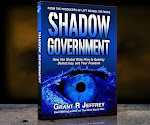
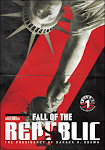





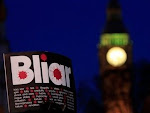
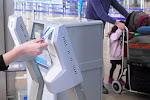










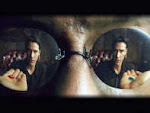

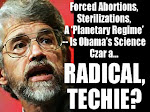



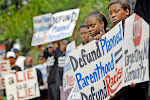

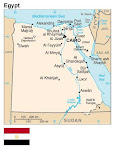





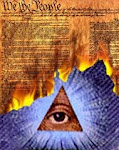






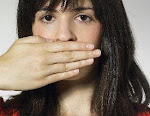
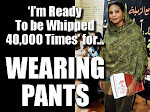

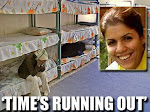






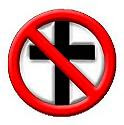

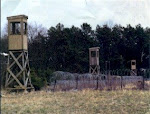





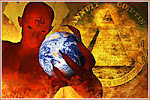



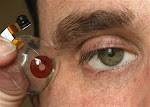


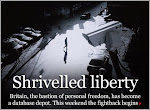


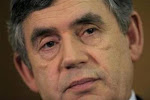

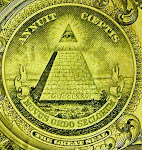




.bmp)



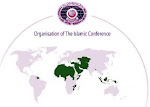




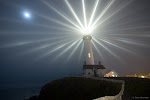


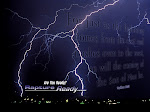
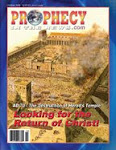








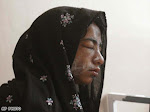



.bmp)